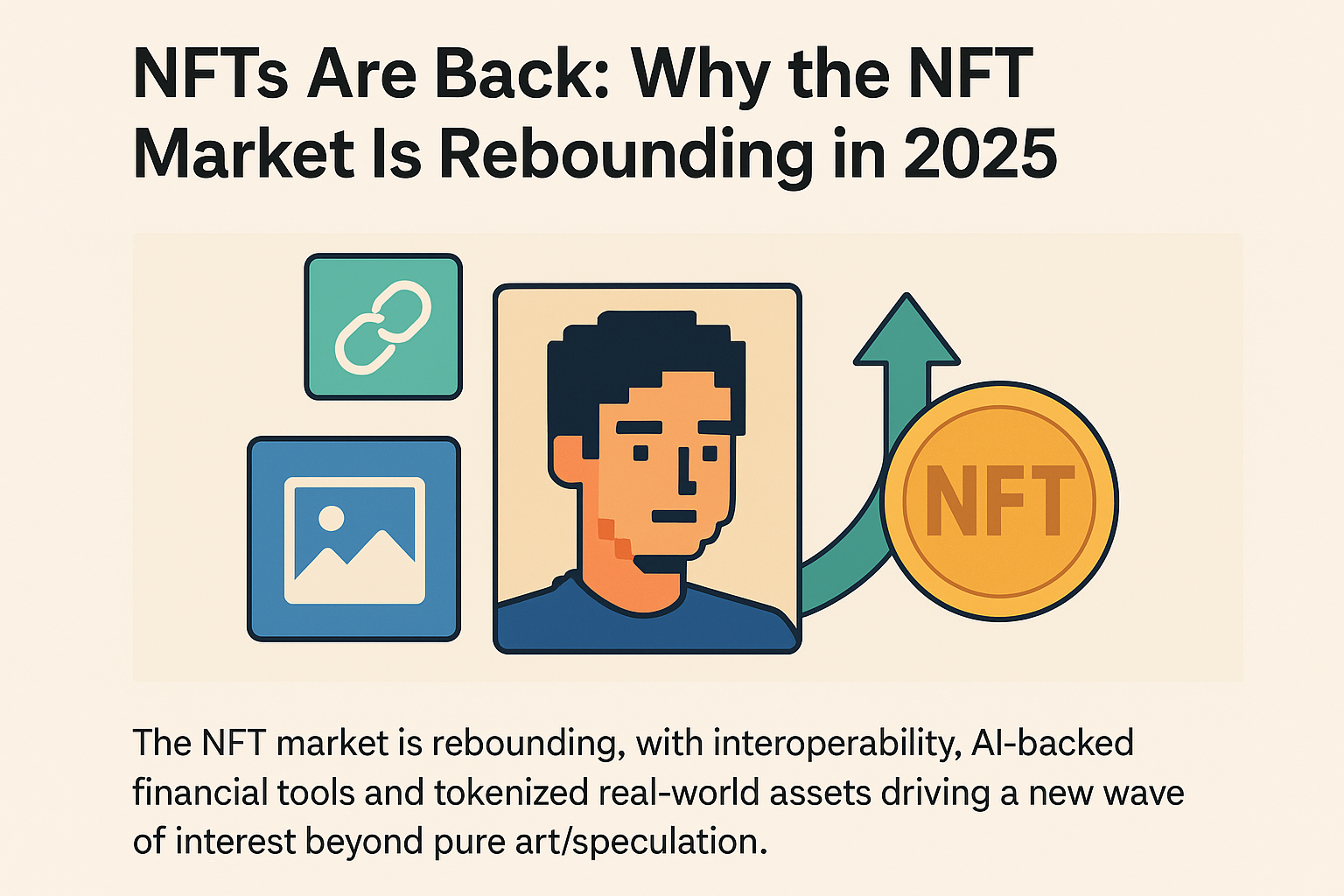Artificial Intelligence (AI) is rapidly becoming a crucial tool for governments worldwide, helping to optimize public services, enhance efficiency, and improve decision-making. From streamlining administrative tasks to enabling predictive analytics, AI offers the potential to revolutionize how public institutions operate. However, as AI adoption grows in the public sector, so do concerns about data privacy, fairness, and transparency, sparking ongoing regulatory discussions.
The Growing Role of AI in Public Services
Governments are increasingly turning to AI to modernize public services. By automating routine processes, AI enables public servants to focus on more complex, high-value tasks. This includes everything from automating tax filings and managing welfare payments to enhancing law enforcement with predictive policing tools. AI is also helping cities improve traffic management, optimize waste collection, and enhance energy efficiency through smart city initiatives.
A key benefit of AI in the public sector is its ability to process and analyze vast amounts of data at unprecedented speeds. This capability enables governments to make data-driven decisions, leading to more efficient and personalized services. For example, AI-powered chatbots are being used to handle citizen inquiries, providing quick, accurate responses and reducing the burden on public call centers.
Real-World Applications of AI in Government
- Healthcare Optimization: AI is transforming public healthcare systems by enhancing patient care and reducing administrative burdens. Governments are using AI to predict patient demand, optimize resource allocation, and improve diagnostic accuracy through AI-enabled medical tools. In some countries, AI-driven systems are already being used to identify disease outbreaks, helping public health authorities respond more effectively.
- Education: AI is being deployed to personalize education, providing customized learning experiences based on student data. Governments are using AI tools to analyze educational performance, identify at-risk students, and improve curriculum delivery, helping to bridge gaps in public education systems.
- Public Safety and Law Enforcement: AI is playing a growing role in public safety, particularly in predictive policing, where algorithms analyze crime data to identify potential hotspots. While this approach can help law enforcement allocate resources more effectively, it has also sparked concerns about privacy and the potential for biased decision-making.
- Smart Cities: Governments around the world are integrating AI into urban planning and infrastructure management. From AI-driven traffic systems that reduce congestion to predictive maintenance for public utilities, smart cities are leveraging AI to create more sustainable, efficient urban environments.
Data Privacy and Fairness: The Regulatory Challenge
As AI use grows, so do concerns about the ethical implications of using AI in the public sector. At the forefront of these concerns are issues related to data privacy and fairness. AI systems rely on large datasets, many of which include sensitive personal information. Governments face the challenge of ensuring that the data collected is protected, and that AI systems are designed in a way that respects citizens’ privacy.
Additionally, fairness in AI decision-making is a significant concern. There have been numerous cases of AI systems producing biased outcomes, particularly in areas like law enforcement and public assistance. This has raised questions about how AI systems are trained and whether they perpetuate existing inequalities. Governments are under pressure to ensure that AI systems are transparent, accountable, and do not reinforce social biases.
Ongoing Regulatory Discussions
Regulating AI in the public sector is an ongoing challenge. Many governments are working to develop frameworks that balance the benefits of AI with the need to protect citizens’ rights. Key areas of focus include:
- Data Protection: Governments are discussing how to regulate AI systems in a way that protects personal data. This includes setting standards for data anonymization and ensuring compliance with data protection laws like the General Data Protection Regulation (GDPR) in Europe.
- Algorithmic Transparency: There is a growing call for AI systems to be more transparent, allowing the public to understand how decisions are being made. Governments are considering regulations that require AI algorithms to be explainable and subject to human oversight.
- Bias Mitigation: To address concerns about fairness, regulators are exploring how to reduce bias in AI systems. This includes developing standards for training datasets and implementing regular audits of AI systems to ensure they are producing fair outcomes.
The Path Forward: Balancing Innovation and Regulation
AI offers transformative potential for public services, but realizing this potential requires a careful balancing act. Governments must continue to innovate while ensuring that AI systems are deployed in a manner that is ethical, transparent, and respectful of citizens’ rights.
As AI adoption in the public sector grows, so too will the need for robust regulatory frameworks that address issues of data privacy, fairness, and accountability. Public trust in AI is crucial, and governments will need to demonstrate that they are using AI in a way that benefits all citizens while safeguarding their rights.
The use of AI in the public sector is reshaping how governments deliver services, making them more efficient and data-driven. From healthcare to public safety, AI is enabling governments to better meet the needs of their citizens. However, the rapid adoption of AI also raises important questions about privacy and fairness. As governments continue to integrate AI into public services, the development of clear regulatory frameworks will be essential to ensure that AI is used responsibly and transparently.




